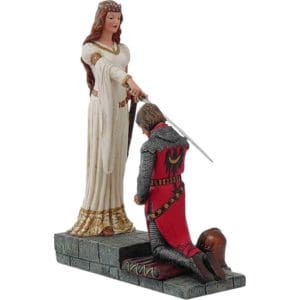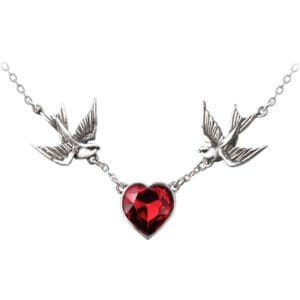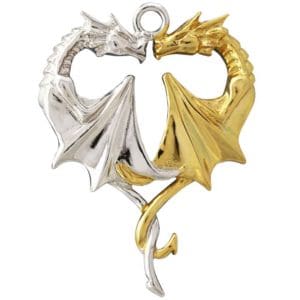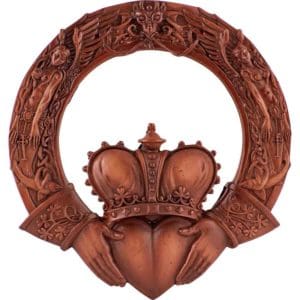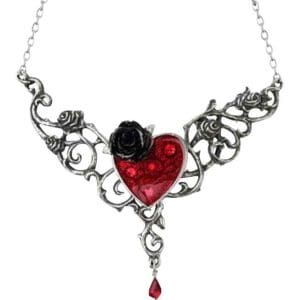Early Timeline of Valentines Day
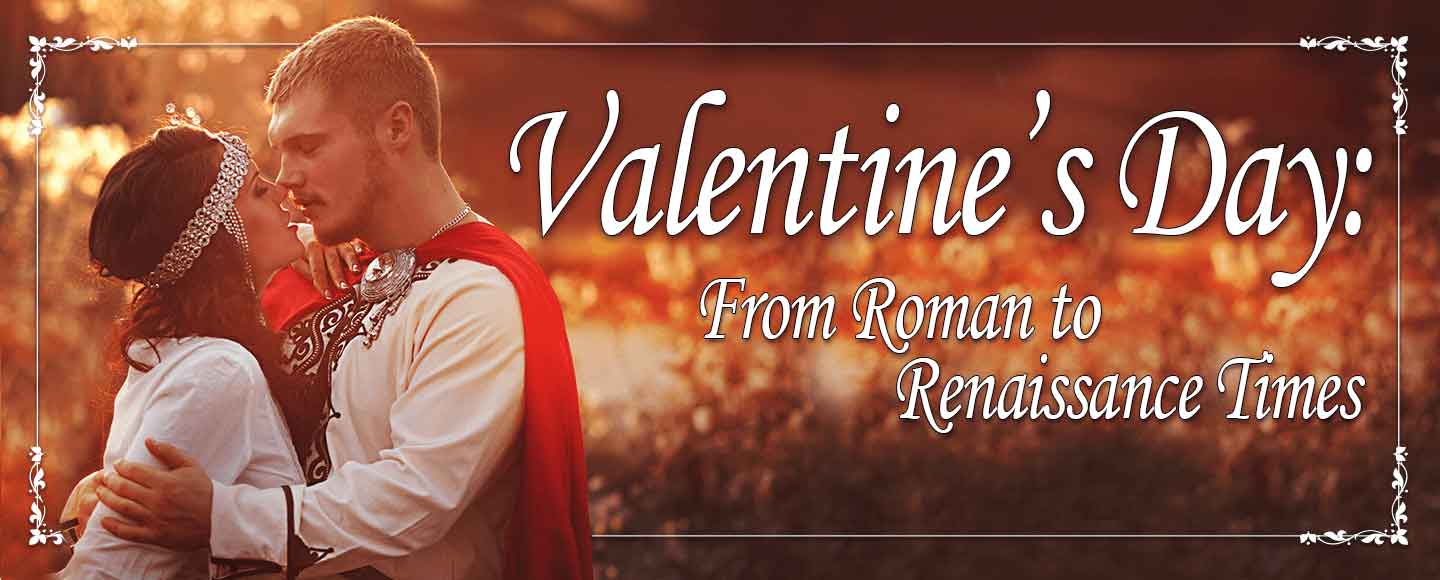
While the current interpretation of St. Valentine’s Day seems rather modern and commercial, the early timeline of the holiday begins with the Romans and continues through the French Revolution. In this post, we look at the beginnings of Saint Valentines Day and some of its traditions.
Roman Origins
The establishment of Saint Valentine’s Day began in 496. Pope Gelasius I instituted the celebration of Saint Valentine of Rome. Currently, there is little known about the life of the saint. Most information is speculation or legend. Regardless, Gelasius decided to venerate this saint with a feast day. In addition, this pope is known for suppressing the Roman feast of Lupercalia. Lupercalia was a Roman holiday of purification to promote health and fertility. Incidentally, the holiday’s Latin name “dies Februatus”, gives its name to the month of February.
There have been multiple modern attempts to suggest that Valentine’s Day was supposed to replace Lupercalia. However, there is little to no evidence that supports this theory. One part of these suggestions focuses on the practice of drawing names to form couples, which was supposedly a practice at Lupercalia festivals. However, some sources suggest that the idea of drawing names in this manner existed in later centuries as well, such as during the life of Saint Elizabeth of Hungary in the 13th century. This practice is sometimes cited as the source of modern Valentine’s Day cards. Again, this association is questionable as the first recorded literary association between Valentine’s Day and romance doesn’t occur until the Middle Ages.
Medieval Valentine’s Day
The first recorded association of Saint Valentine’s Day with romantic love occurs in 1382. Geoffrey Chaucer, best known for his Canterbury Tales, wrote a long poem called the Parliament of Fowls. A pair of lines refers to the holiday as being one “when every bird comes there to choose his mate.” While the middle of February may seem a bit early for birds to find their mate, this is mostly due to Chaucer writing before the Gregorian calendar came into existence. The middle of February for him would be closer to the end of February in modern times. There are other poems from around the same time frame that connect birds mating to Valentine’s Day. The authors include Otton de Grandson, John Gower, and a Valencian knight named Pardo. Poems from this time often focused on the idea of courtly love.
Renaissance Valentine’s Day
Poetry and its association with Valentine’s Day continued into the 1400s. The first surviving Valentine occurred as a poem written by Charles of Orleans to his wife in the 15th century. The second line translates to “my very sweet Valentine.” His writing of the poem was due in part to his capture at Agincourt and subsequent stay in the Tower of London. His poem was in French. Meanwhile, the earliest poetry for Valentines in English occurred in the late 15th century. The poems were a part of the Paston letters, a group of correspondences from the Paston family. Regarding the poems, Margery Brewes wrote them for her future husband John Paston in 1477. The theme of Valentines Day continued in English literature to the Tudor period.
William Shakespeare includes a mention of the holiday in his work Hamlet. Specifically, the character Ophelia speaks the lines about the holiday towards the end of the fourth act. Meanwhile, the English poet John Donne also mentions Valentine’s Day in a poem. He wrote the poem to celebrate the marriage of the daughter of James I of England in 1613. In addition, Edmund Spenser’s epic poem The Faerie Queen, from 1590, includes a line which contains the earliest traces of the popular Valentine’s phrase of ‘Roses are red’. His line reads “She bath’d with roses red, and violets blew.” The popular and somewhat cliché Valentine’s Day phrase of “Roses are red and violets are blue” was solidified in a collection of English nursery rhymes published shortly after the French Revolution by Joseph Ritson. The decades and centuries afterwards would lead towards the more modern interpretation, especially during the late 18th and 19th centuries.
In Conclusion
With its origins in Roman times, St. Valentine’s Day has had a long history. In this post we looked at the timeline of the early history of St. Valentine’s Day. From Chaucer to Shakespeare and beyond, the holiday has appeared repeatedly in literature and popular culture. We took a quick look at its appearance from the times of the Romans to the French Revolution. If you’re interested in trying to figure out some modern-day gifts, make sure to check out our Valentine’s Day gift guide.
Sources:
Chaucer and the Cult of Saint Valentine by Henry Ansgar Kelly via Wayback Internet Archive



